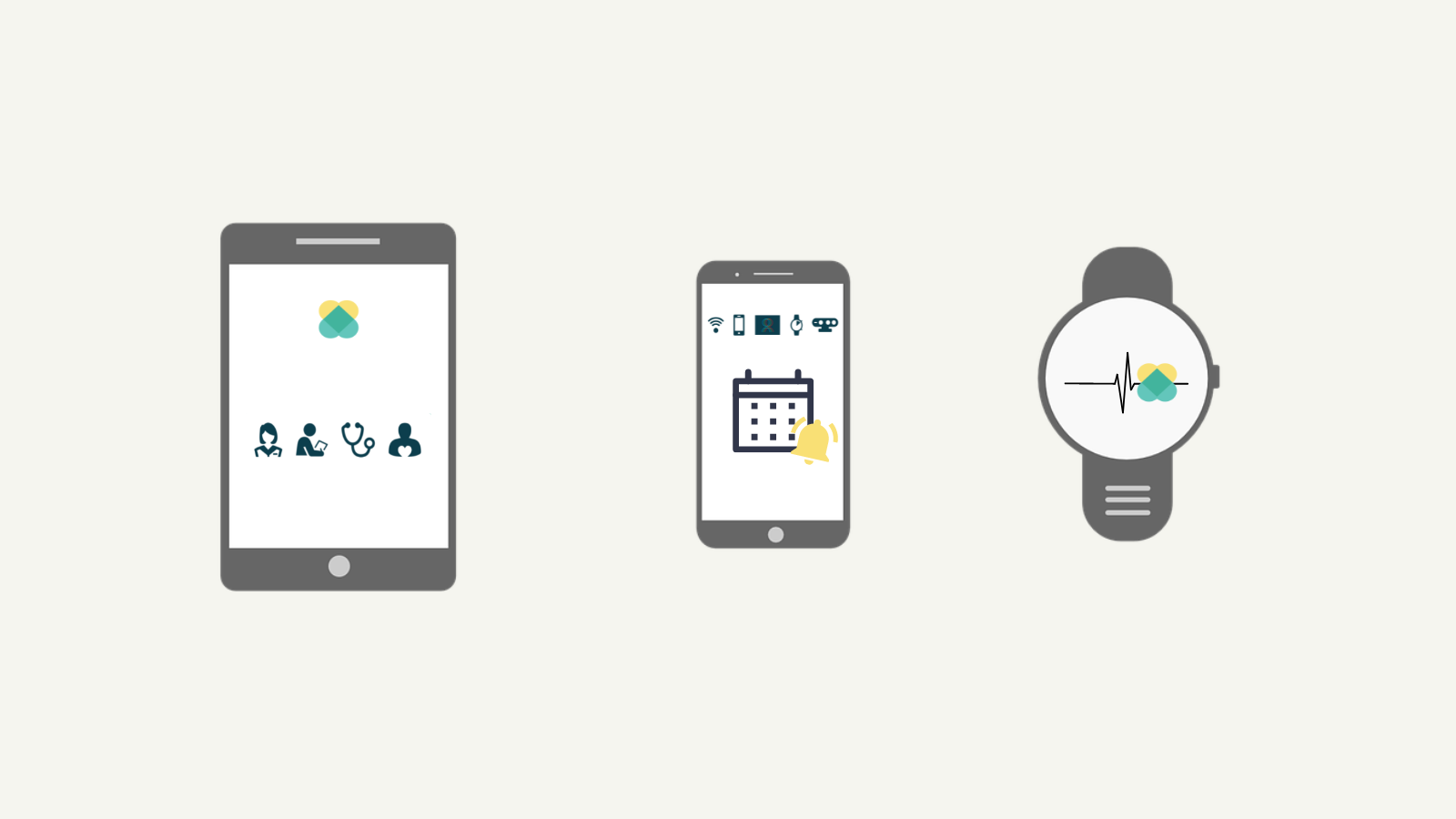
With the growing proportion of ageing populations, cognitive impairments, as well as heart disease, have become major social and health issues. According to the World Health Organization (WHO) [1] dementia (including Alzheimer’s disease) forms one of the biggest public health challenges worldwide.
At the same time, other reports from the WHO suggest that cardiovascular diseases (CVD) are considered the leading cause of premature death (37% of all deaths under the age of 70) and disability worldwide (WHO) [2].
People with dementia are estimated at 44m, an estimation that is set to double by 2030, eventually reaching 152m by 2050. Taking into consideration that the number of healthcare professionals and facilities cannot easily match the increasing needs, the usage of innovative technological approaches is more necessary than ever.
In this context, the adoption of eHealth applications can be beneficial to patients and healthcare professionals. Patients are encouraged to perform daily activities with support from eHealth, which can also support healthcare providers with certain care activities. Additionally, professionals can use specialised eHealth applications to access patients‘ records in real-time and move a step further towards a personalised health approach.
People gain greater control over their health if they are well informed, skilled, and motivated. So, patients should have easier access to their health information, develop self-awareness of their condition, and be motivated to embrace self-care activities. The adoption of a well-designed eHealth application in everyday health practice can provide holistic solutions to extend the autonomy of patients while improving their Quality of Life (QoL) [3].
The requirements of a modern eHealth application can be summarized as follows:
-
Easy access to the patient’s health condition.
Patients understand better their history, current status, and the prognosis of their condition if they are able to manage their personal data. For example, the existence of an electronic health record system with enhanced capabilities (i.e., searching, entering, sharing, etc.) is very helpful.
-
Decision-making support.
A decision support system uses all available data to make recommendations regarding a patient’s condition and steps that might be taken to improve it, in an effort to optimise the care provided, the patient’s quality of life, and the load on the healthcare system.
-
Engaging self-care activities.
A recommendation system that engages patients in healthy, pleasurable, and sustainable actions by offering suggestions on a daily basis, adapted to their needs, and driven by their personal preferences, physical and physiological characteristics, as well as their health status.
-
Living independently.
A communication system that offers constant insight and real-time access and informs professional and family caregivers about unwonted events and dangerous situations. In this way, we prolong independent living and we are greatly reducing the response time and burden of all caregivers.
The TeNDER ecosystem fulfills the above requirements and provides a holistic solution for people with Alzheimer’s, Parkinson’s, and cardiovascular diseases, who may face other chronic conditions as well. The system uses a multi-sensorial system, even in the most severe cases, and matches with clinical (from Electronic Health Records EHRs) and clerical patient information, while preserving privacy, monitoring the ethical principles, and providing data protection and security, with the result of increased quality of life.
REFERENCES
[1] Alzheimer’s Disease International, World Alzheimer Report 2018: https://www.alz.co.uk/research/WorldAlzheimerReport2018.pdf?
[2] World Health Organisation (WHO), CVD Factsheet, May 2017, Available at https://www.who.int/en/news-room/fact-sheets/detail/cardiovascular-diseases-(cvds)
[3] Chomutare, Taridzo, et al. „Healthcare and data privacy requirements for e-health cloud: A qualitative analysis of clinician perspectives.“ 2020 IEEE International Conference on E-health Networking, Application & Services (HEALTHCOM). IEEE, 2021.




